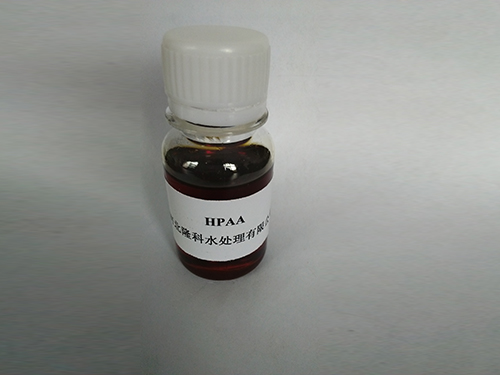Synthesis and Characterization of Cross-Linked Polyacrylamide for Various Industrial Applications and Innovations
Cross-Linked Polyacrylamide Structure, Properties, and Applications
Cross-linked polyacrylamide (CLPA) is a synthetic polymer that has gained significant attention in both academic and industrial fields due to its unique physical and chemical properties. This polymer is formed through the cross-linking of polyacrylamide chains, which provides enhanced structural integrity and stability compared to its linear counterparts. The cross-linking process is typically facilitated through the use of bifunctional agents, most commonly N,N'-methylenebisacrylamide (MBA), which allows for the formation of three-dimensional networks.
Structure and Properties
The structure of cross-linked polyacrylamide consists of a network of interconnected polyacrylamide chains, which results in a gel-like material with distinctive mechanical properties. The degree of cross-linking can be controlled during synthesis, allowing for the adjustment of stiffness, elasticity, and swelling behavior. This tunability is a critical aspect that makes CLPA versatile for various applications, ranging from biomedical uses to environmental remediation.
One of the standout properties of cross-linked polyacrylamide is its high water absorption capacity. The hydrophilic nature of the polymer chains attracts water molecules, leading to significant swelling. This property is particularly beneficial in applications such as drug delivery systems, where a high water content can facilitate the transport of therapeutic agents within the body. Additionally, the thermal stability of CLPA allows it to maintain its integrity under a range of environmental conditions, further broadening its application scope.
Applications
cross linked polyacrylamide

Given its advantageous properties, cross-linked polyacrylamide is utilized in numerous fields, including biomedicine, agriculture, and environmental science. One of the most prominent applications is in the realm of drug delivery. The ability to form hydrogels enables controlled release of pharmaceuticals, improving therapeutic outcomes while minimizing side effects. By adjusting the cross-link density, researchers can tailor the release profiles to meet specific medical needs.
In agriculture, CLPA serves as a soil conditioner that enhances water retention and reduces erosion. When mixed with soil, it creates a stable matrix that allows for better moisture retention, which is particularly beneficial in arid regions. This not only promotes healthier plant growth but also contributes to sustainable land management practices.
In environmental science, cross-linked polyacrylamide is employed in water treatment processes. Its ability to bind with pollutants and heavy metals enables effective remediation of contaminated water sources. Additionally, CLPA gels are utilized in the separation of biomolecules, such as proteins and nucleic acids, during various laboratory procedures.
Conclusion
Cross-linked polyacrylamide represents a significant advancement in polymer science, combining versatility with functionality. Its unique structural characteristics lead to a diverse range of applications across multiple fields. As research continues, we can expect innovative uses for CLPA, particularly in emerging areas such as personalized medicine and environmental sustainability. With ongoing studies into its properties and potential improvements in synthesis methods, cross-linked polyacrylamide is poised to play a crucial role in future technological and scientific developments.
-
Water Treatment with Flocculant Water TreatmentNewsJun.12,2025
-
Polymaleic AnhydrideNewsJun.12,2025
-
Polyaspartic AcidNewsJun.12,2025
-
Enhance Industrial Processes with IsothiazolinonesNewsJun.12,2025
-
Enhance Industrial Processes with PBTCA SolutionsNewsJun.12,2025
-
Dodecyldimethylbenzylammonium Chloride SolutionsNewsJun.12,2025





